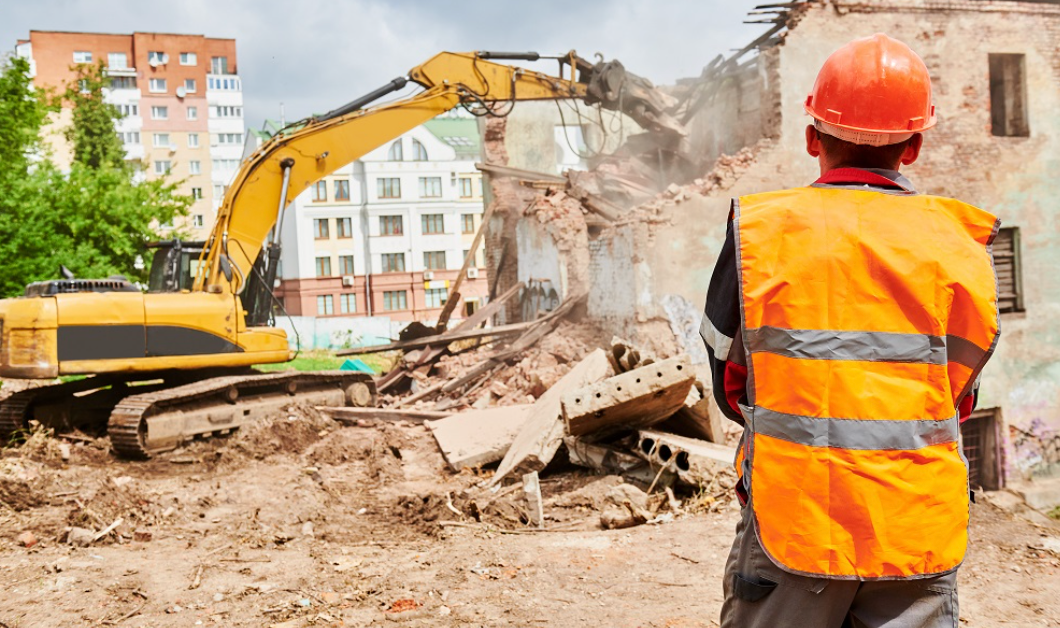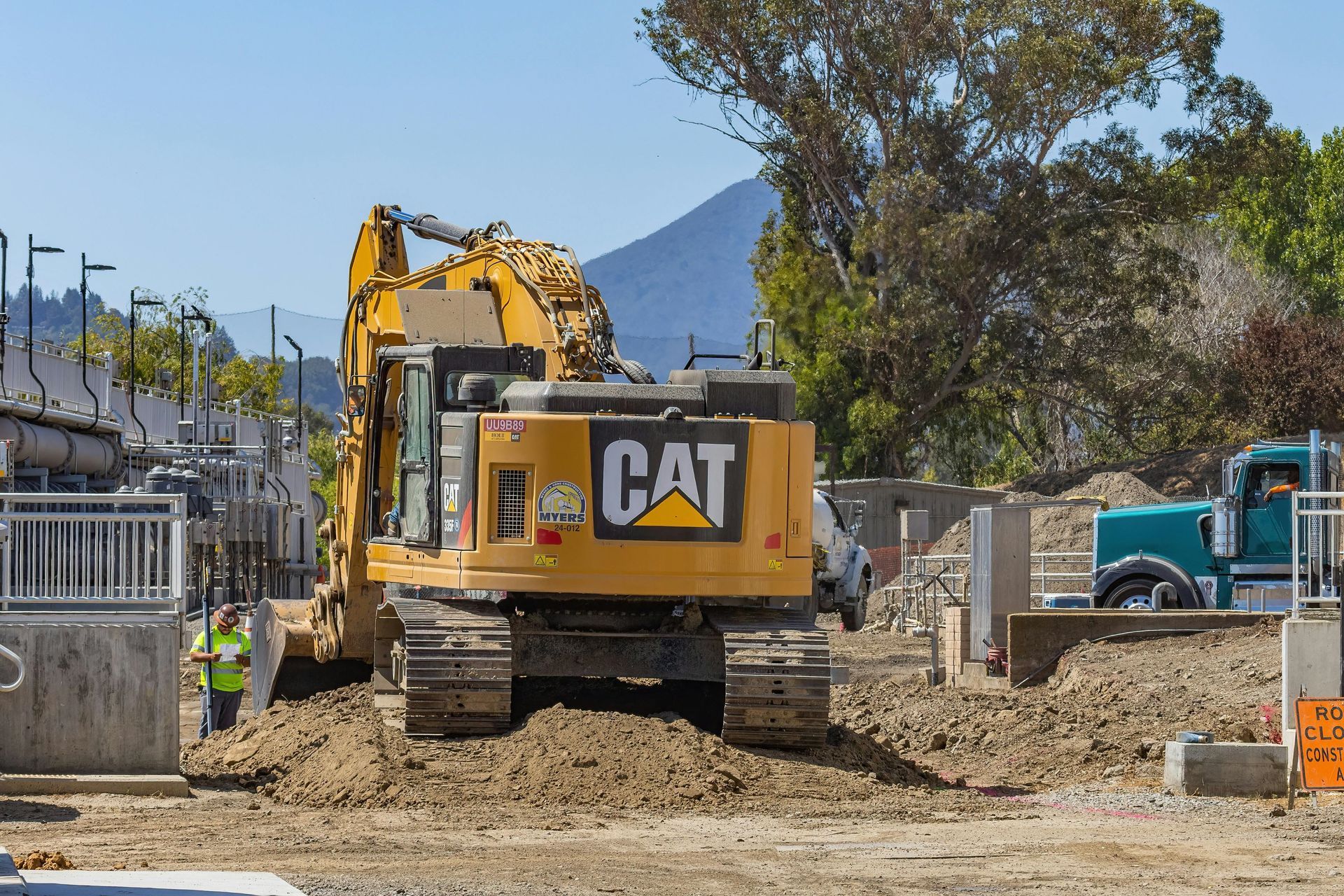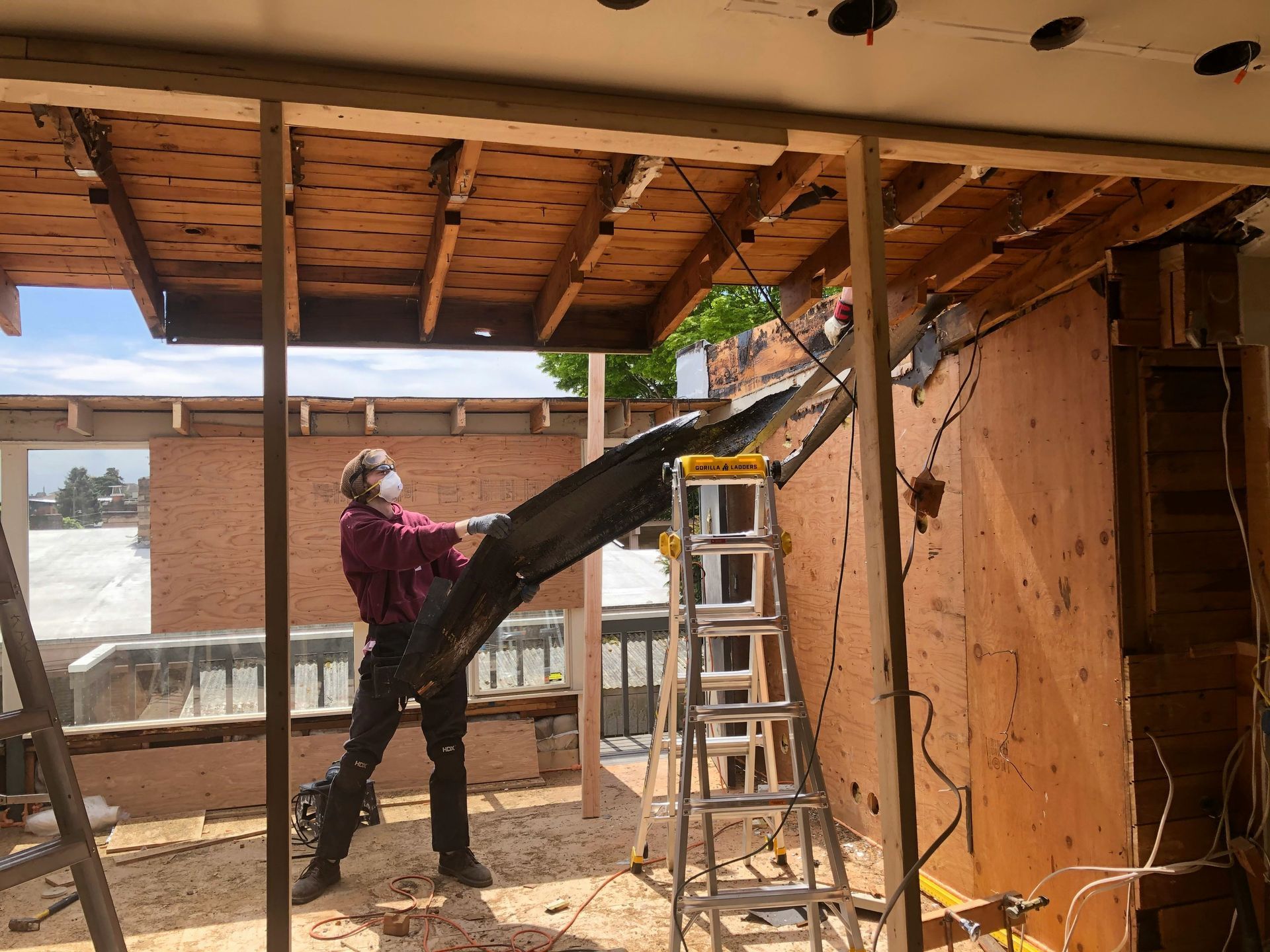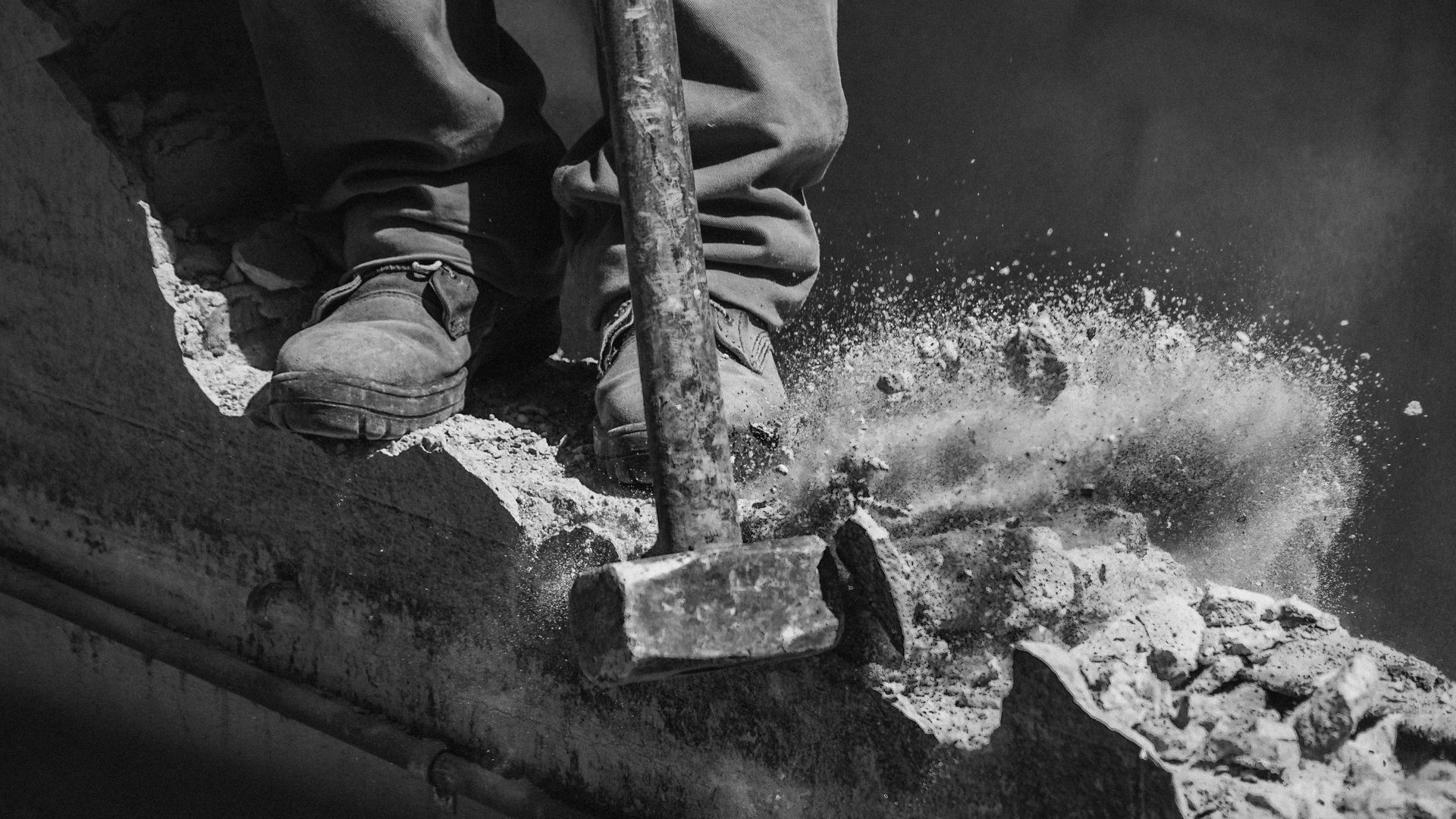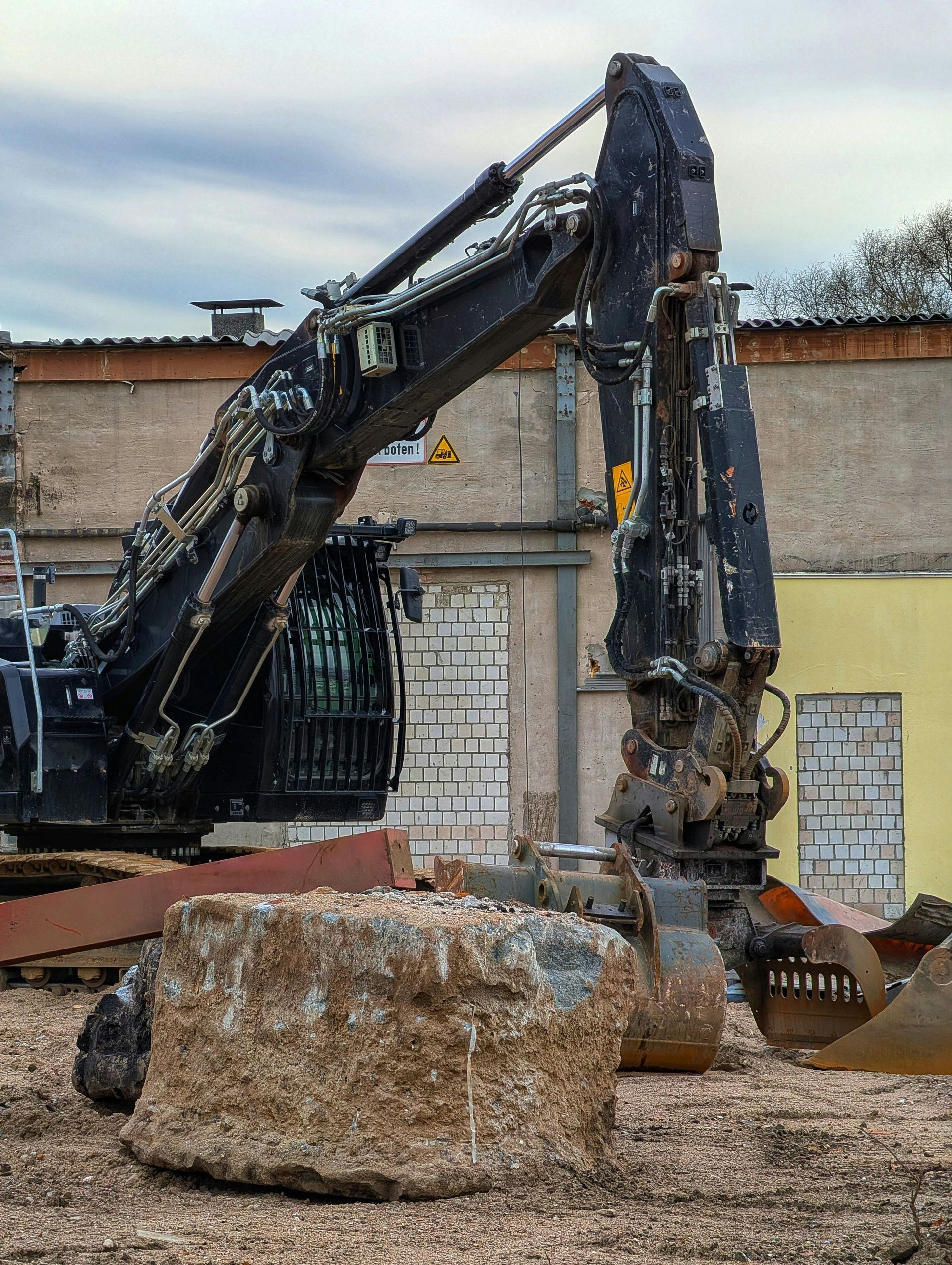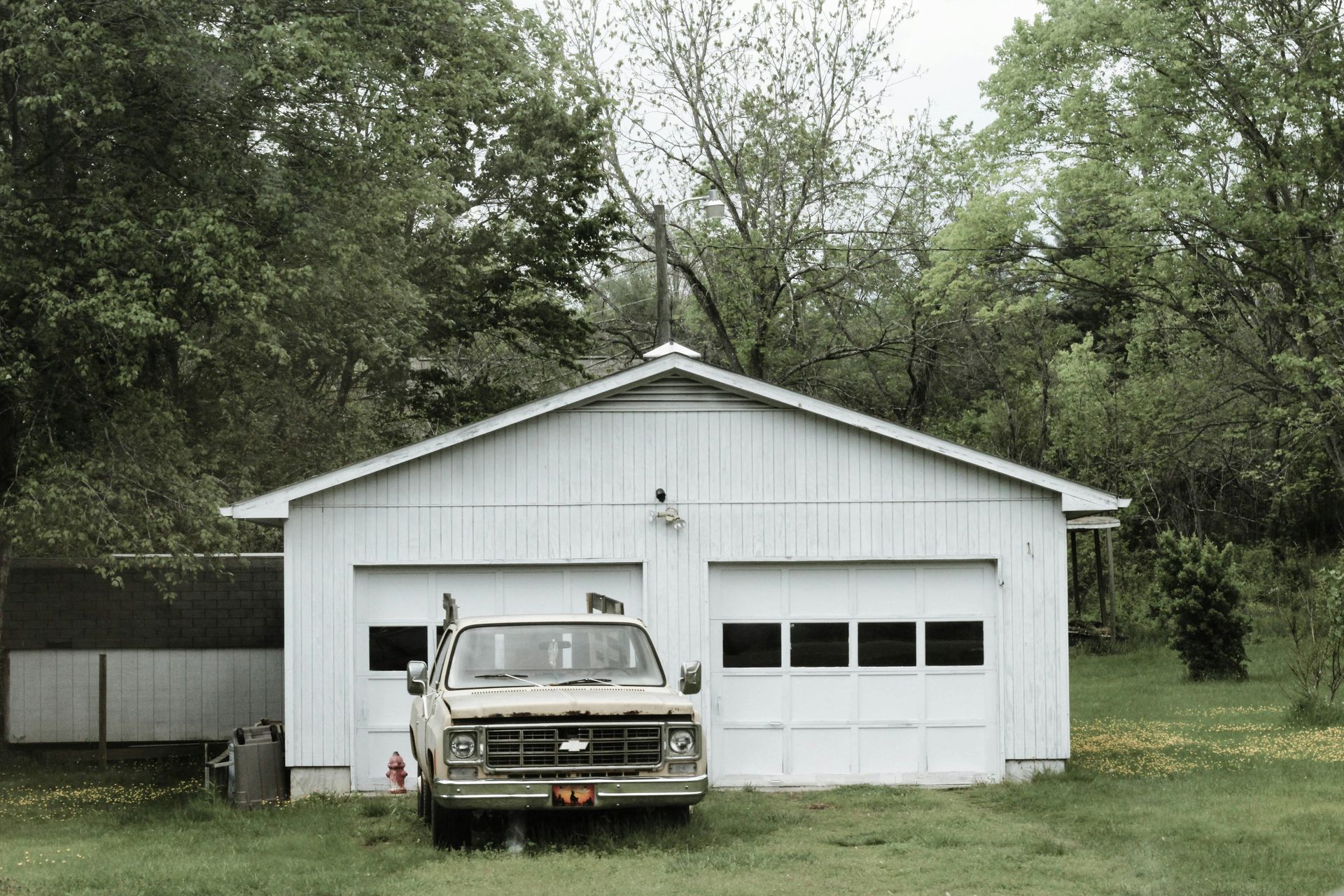In this blog post, we’ll explore what you can expect when it comes to the cost of demolition services and share some tips on how to save money without compromising safety or quality.
1. Factors That Affect the Cost of Demolition Services
The cost of demolition is influenced by a range of variables, each of which impacts the overall price. Some of the key factors that will determine the cost include:
1.1 Size and Type of Structure
The size and complexity of the structure being demolished play a huge role in determining the cost. A small
residential
home will cost far less to demolish than a large multi-story commercial building. Additionally, structures like warehouses, factories, or older buildings with unique construction materials or layouts can add to the complexity and, therefore, the cost of the demolition.
Small residential homes (under 1,000 sq. ft.): Typically cost between $3,000 and $10,000.
Larger homes (1,000 – 3,000 sq. ft.): Can range from $8,000 to $15,000.
Commercial
buildings: Larger commercial structures, such as office buildings or industrial sites, can cost $15,000 to $100,000 or more depending on size and complexity.
At First Step Demolition, we offer transparent, customized quotes based on the specific details of your project, from the size of the building to the condition of the structure.
1.2 Location and Accessibility
The location of the property and how accessible it is for equipment can also influence the cost. If your property is located in a densely populated area, near other buildings, or on a difficult-to-reach lot, additional precautions and equipment may be required, driving up the cost.
Urban areas: Tighter spaces, road closures, and more stringent regulations often increase costs.
Rural areas: Larger, more open sites may be less expensive, but the distance from waste disposal facilities could increase transportation costs.
At First Step Demolition, we’ve worked in a variety of settings, from rural homes to complex urban demolitions, ensuring we provide competitive pricing no matter the location.
1.3 Materials and Waste Disposal
The materials used in the structure, as well as how they are disposed of, will affect the overall cost. Buildings constructed with brick, steel, or concrete require more labor and specialized equipment for demolition, which adds to the expense. Additionally, recycling and properly disposing of hazardous materials (such as asbestos, lead, or mold) can be costly.
Standard materials like wood and drywall are easier and cheaper to demolish.
Concrete
and steel require heavy machinery and more labor, which increases the cost.
Hazardous material removal: If your building contains asbestos, lead paint, or other hazardous materials, special equipment, permits, and trained professionals are needed, which can increase the cost.
First Step Demolition focuses on
sustainability and efficient waste disposal. We ensure that recyclable materials are processed, and hazardous materials are safely removed and disposed of, all while keeping costs as low as possible.
1.4 Permits and Legal Fees
Most demolition projects require permits and inspections before work can begin. These permits are often required by local authorities to ensure that the demolition is done safely and in compliance with local regulations. Permit costs can vary depending on your location and the type of demolition being performed.
Permit costs: Typically range from $100 to $2,000, depending on the size of the project and the complexity of the regulations in your area.
Inspection fees: In some cases, additional inspections may be required to ensure that hazardous materials are properly handled.
2. How to Save on Demolition Costs
While demolition projects can be expensive, there are several ways to save money without sacrificing safety, quality, or efficiency. Here are some tips on how to reduce your demolition costs:
2.1 Choose a Selective Demolition Approach
If your goal is not to tear down the entire structure, but to clear only specific areas, selective demolition can be a more affordable option. This process involves removing only parts of the building that are no longer needed (such as walls, floors, or certain features), leaving the rest of the structure intact. It’s a great option if you're planning to renovate or repurpose certain areas of the building.
Selective demolition can cost less than full demolition since it requires less labor, fewer resources, and less waste disposal.
2.2 Recycle Materials
Recycling is an eco-friendly way to reduce your demolition costs. Reusing materials like wood, metal, and concrete can help lower disposal fees, and many demolition contractors offer discounts for projects with high recycling potential.
Salvageable materials like bricks, wood, steel, and glass can be sold or repurposed, reducing waste disposal costs.
Concrete recycling: Concrete can be crushed and reused in construction projects, saving you money on disposal fees.
At First Step Demolition, we take pride in recycling as much material as possible, helping you save money while reducing environmental impact.
2.3 Plan Ahead and Get Multiple Quotes
One of the best ways to save on demolition costs is to plan ahead and obtain multiple quotes from reputable demolition contractors. Be sure to get detailed estimates that include all the costs involved—labor, equipment, permits, disposal, and any additional fees.
Compare services: Look for contractors with a solid reputation, competitive pricing, and a commitment to safety.
Consider the scope of work: Some contractors may offer lower quotes but include fewer services, so make sure you understand what’s included in the estimate.
At First Step Demolition, we offer free, no-obligation estimates, so you can make an informed decision based on your specific needs and budget.
2.4 Opt for a Professional Team with Experience
Hiring an experienced, professional demolition team might seem like a higher upfront cost, but it can save you money in the long run. Professionals work quickly and efficiently, reducing labor costs and preventing costly mistakes that can occur when inexperienced teams are involved.
A skilled team will also be able to handle unexpected issues like hazardous materials or structural complexities without blowing your budget.
3. What You Should Expect in Your Demolition Estimate
When requesting a demolition estimate, it’s important to ensure that the contractor provides a comprehensive breakdown of costs. This breakdown should include:
Labor costs: The amount of time and work required to complete the demolition.
Equipment rental: If heavy machinery is needed, the rental costs should be included.
Waste removal: The cost to dispose of or recycle materials.
Permit fees: Costs associated with obtaining necessary demolition permits.
Hazardous materials: If applicable, any fees for the safe removal and disposal of hazardous substances.
At First Step Demolition, we believe in full transparency. Our detailed estimates provide a complete picture of the costs, with no hidden fees, so you can make an informed decision.
Conclusion
The cost of demolition services can vary depending on a variety of factors, but with proper planning, recycling, and selecting the right contractor, you can manage your budget effectively. Keep in mind that cutting corners to save money can often lead to costly mistakes or safety risks, so always opt for a professional demolition team with the experience and equipment to do the job right.
At First Step Demolition, we’re committed to providing affordable, safe, and high-quality demolition services. Contact us today for a free, detailed estimate, and let us help you save money on your next demolition project.
